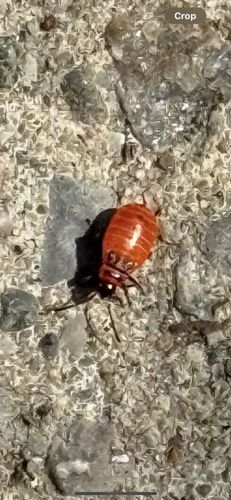Soft Scale Insect
Scientific Name: Various species within the family Coccidae (e.g., Coccus hesperidum, Saissetia oleae for common examples)
Order & Family: Hemiptera, Coccidae
Size: Typically 1-10 mm, with the body being broadly oval to almost circular and often convex.

Natural Habitat
Found on a wide variety of plants, including trees, shrubs, and houseplants, both outdoors and indoors. They prefer sheltered spots on stems, leaves, and sometimes fruit.
Diet & Feeding
Plant sap. They are phytophagous, meaning they feed on plants by inserting their piercing-sucking mouthparts into the phloem vessels of plants to extract sap.
Behavior Patterns
Typically found on the ground or on plants, especially near hosts. They lay eggs in masses, often covered with a protective waxy substance. Nymphs hatch and go through several instars before becoming adults. Many soft scale species are relatively sedentary once they find a suitable feeding spot.
Risks & Benefits
Potential Risks: Soft scale insects are significant agricultural and horticultural pests. They can cause plant damage by extracting sap, leading to stunted growth, yellowing leaves, defoliation, and sometimes plant death, especially in heavy infestations. They also excrete honeydew, a sugary substance that coates plants and allows for the growth of sooty mold, which can further reduce photosynthesis and aesthetic value. Potential Benefits: In healthy ecosystems, they can be a food source for natural predators like ladybugs, parasitic wasps, and lacewings.
Identified on: 8/17/2025